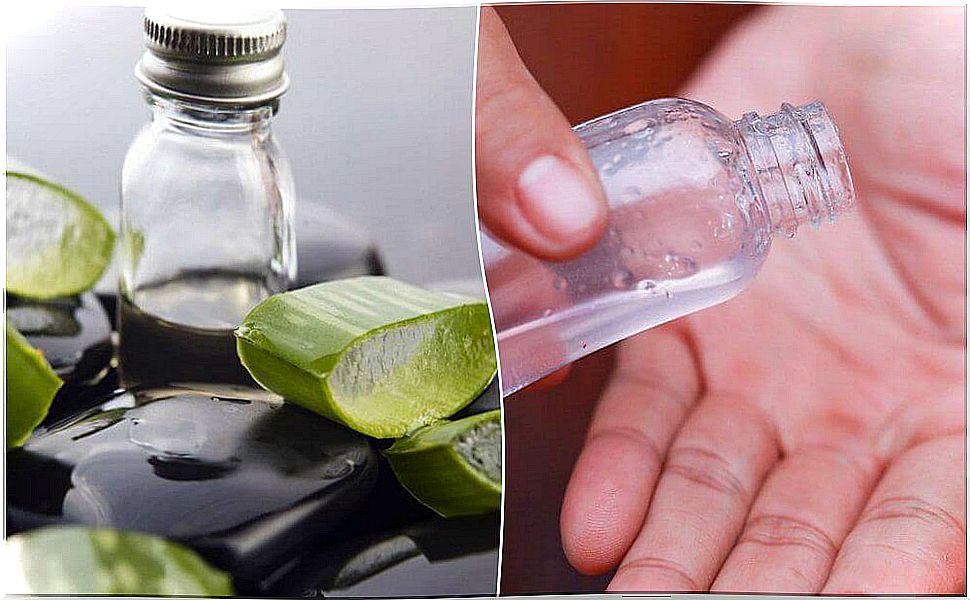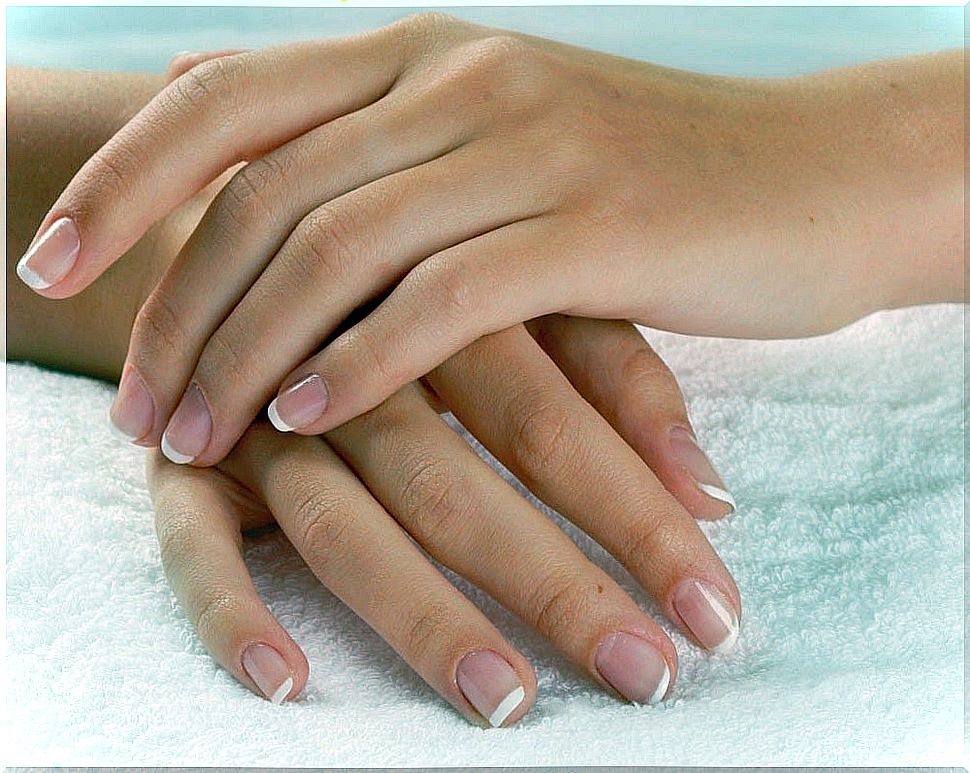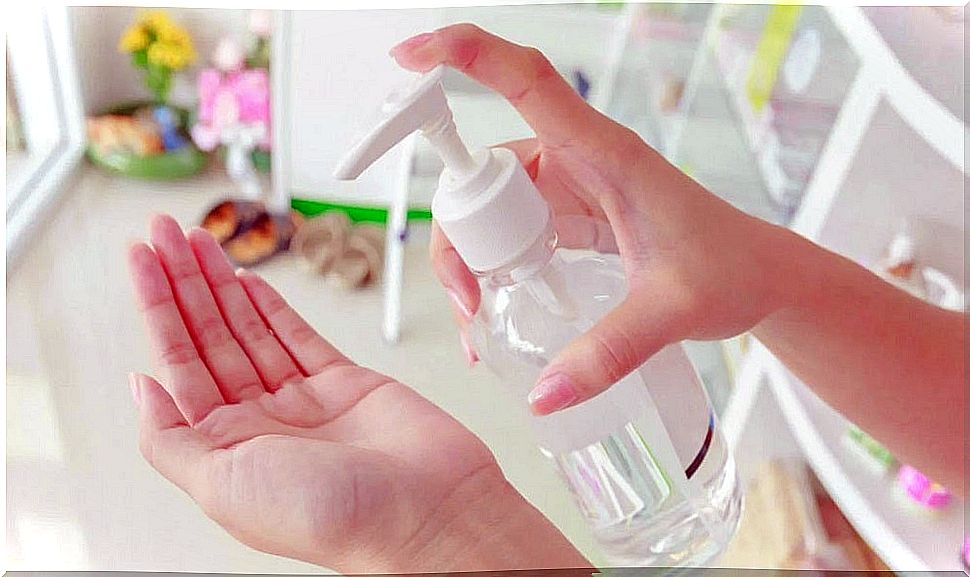How To Prepare An Antibacterial Hand Gel With Natural Ingredients
Discover how to prepare your own antibacterial soap to go wherever you want with lavender, orange and some elements with antibacterial properties. We will tell you everything below.

Antibacterial gel has become one of the most popular and used hygiene products around the world. This is because it can be carried everywhere and allows you to quickly disinfect your hands when washing with soap and water is not possible.
The ingredients that compose it have antiseptic and antibacterial properties that allow to eliminate much of the dirt and, at the same time, fight bacteria and germs.
Currently, they are in various presentations and formats, with all kinds of aromas and colors. However, below we are going to teach you how to prepare one for yourself, with natural ingredients.
Do not miss it!
Natural antibacterial hand gel

Antibacterial gels are the order of the day. The need to have clean hands has practically become an obligation to prevent the spread of dirt and bacteria to other parts of the body.
Therefore, it never hurts to take a walk around the kitchen and use those elements that, apart from food, can be used for external tasks.
In this case, the main ingredient is aloe vera, a very popular plant that has antibacterial properties, according to this study carried out by a team from Singhania University (India) .
In addition, it is easily absorbed when applied to the skin and mixes easily with other ingredients, allowing ease of use.
This gel can be combined with essential oils such as lavender, tea tree and orange, to give it a pleasant and somewhat refreshing aroma.
Antibacterial hand gel recipe
Important note : Aloe vera gel can be easily contaminated, so it is essential to be very scrupulous when handling it and using it to make the antibacterial gel.
Ingredients
- ½ teaspoon of orange oil (2.5 ml).
- 1 teaspoon of lavender essential oil (5 ml).
- ½ teaspoon of tea tree essential oil (2.5 ml). This oil, as suggested by this research by the University of Western Australia , also contains antibacterial properties.
- 10 tablespoons of aloe vera gel (100 g).

Utensils
- Deep glass container.
- Metal or silicone spoon.
- Container with dispenser.
Preparation
- Cut several aloe vera leaves and then open them to extract the gel they contain.
- Place the gel in a strainer and run it through a stream of water to remove all the sage (yellow layer).
- Transfer the aloe gel to a glass bowl.
- Add the lavender essential oil and stir with a metal or silicone utensil until well combined.
- Next, add the tea tree and orange oils, and continue stirring.
- Mix all the ingredients until the product acquires a more or less liquid consistency.
- After obtaining it, pack it in a bottle with a dispenser and store it in a cool place.
Application mode
- Take a small amount of antibacterial gel and rub it on your hands until it is completely absorbed. Make sure to distribute it well over the creases of the fingers, the backs, and the palms of the hands.
- If you took a small amount initially, wait for the product to be absorbed and repeat the application.
- Once absorbed, you don’t need to rinse your hands immediately.
- Never use it as a substitute for hand washing with soap and water. Remember that it is a complement for specific moments.

Some considerations in this regard
- To keep it always on hand, pack it in a small diffuser bottle that you can carry in your purse or pocket.
- Use it on the street when you need it, but remember that when you get home it will be essential that you wash your hands before doing anything else.
- If you want it to stay fresh, you can keep it in the refrigerator. Never in the freezer directly.
- Do not use it on large areas of the skin. Do not use it as a cream, lotion or oil to perform massages either.
- Never, under any circumstances, ingest it. This gel is oriented to the outside of the body, not to the inside.
In case you suffer from allergies or a skin disease, consult your dermatologist before applying these types of preparations. Otherwise, you risk irritation, redness, itching, itching, and other adverse reactions.









